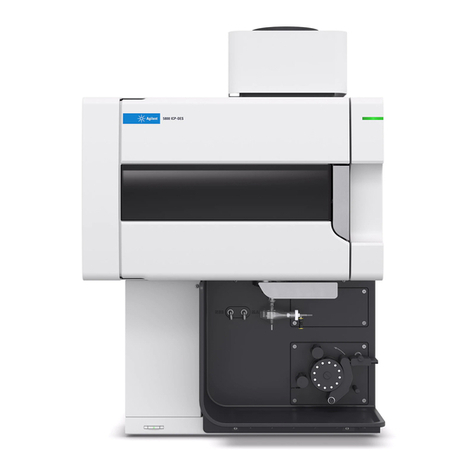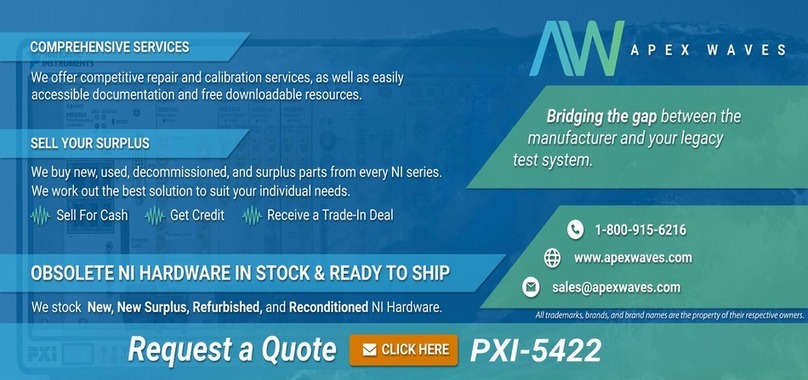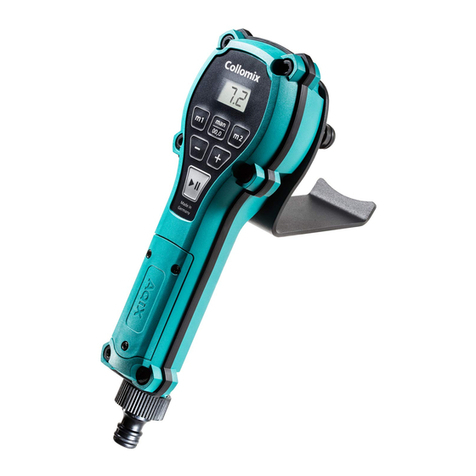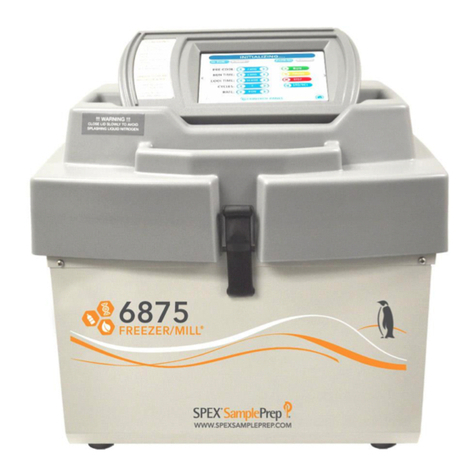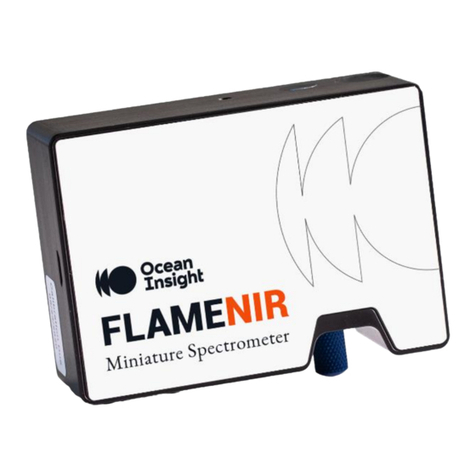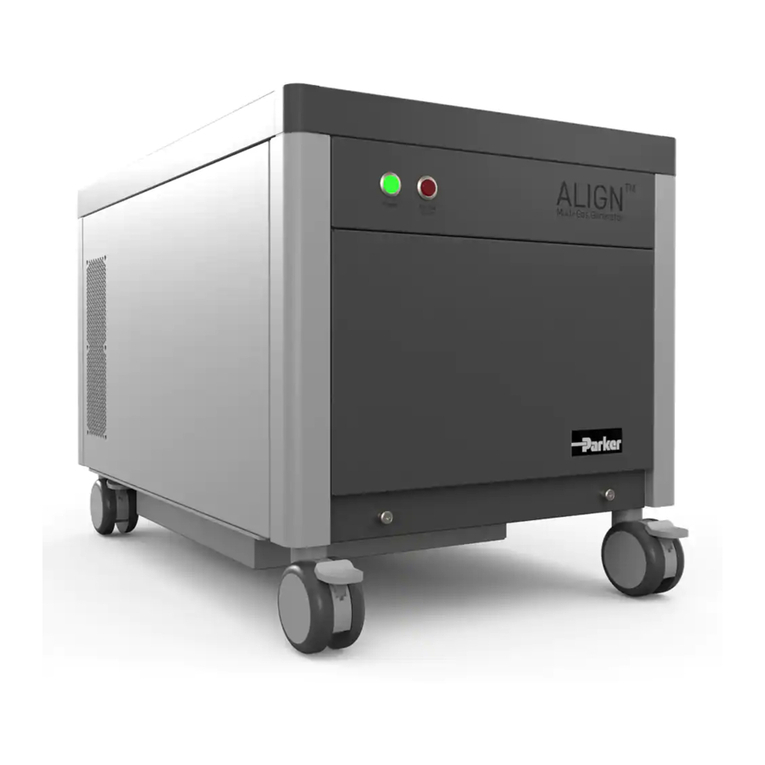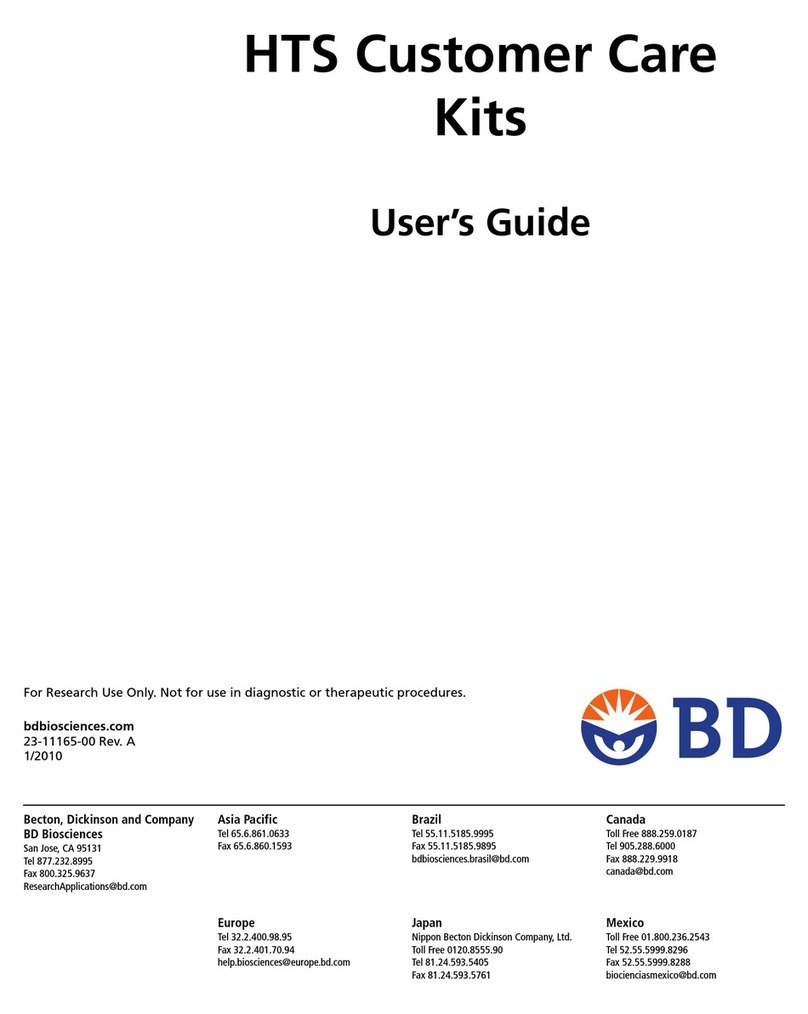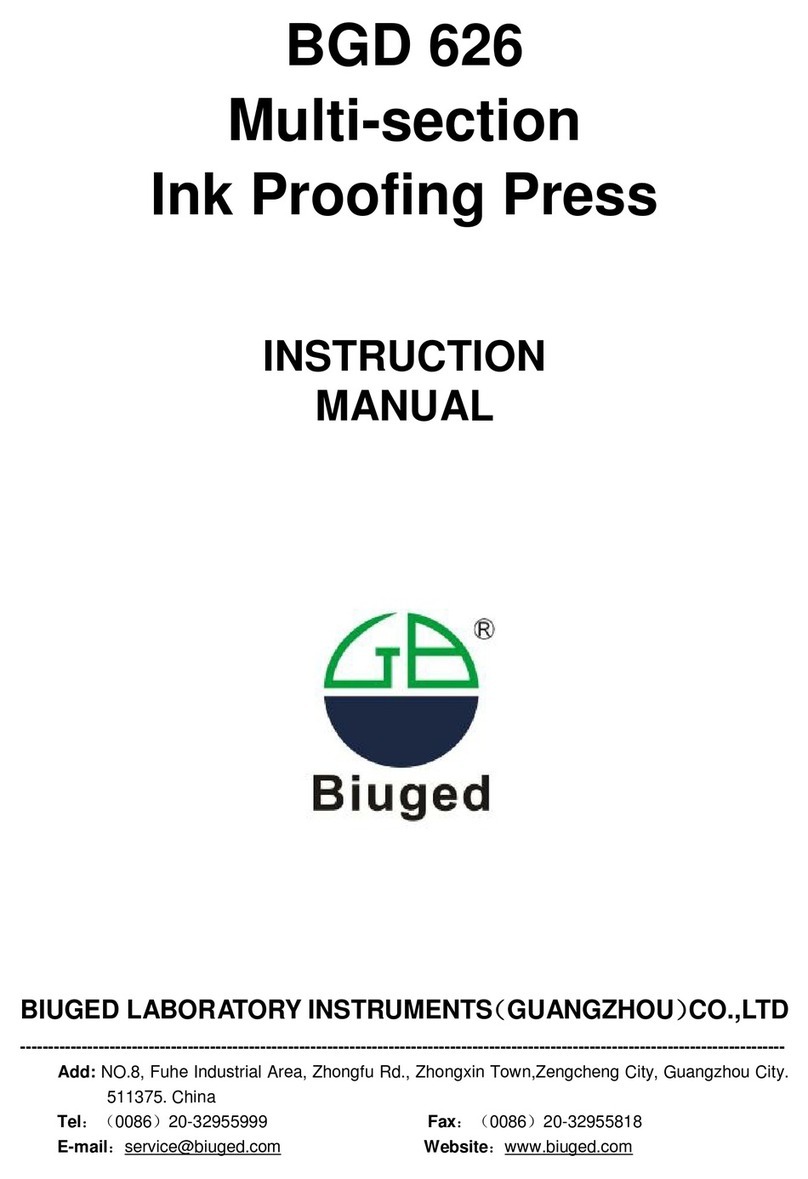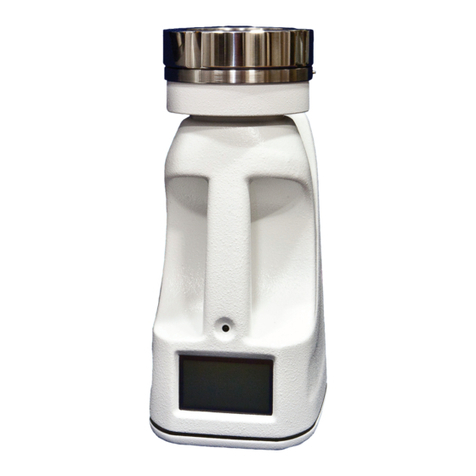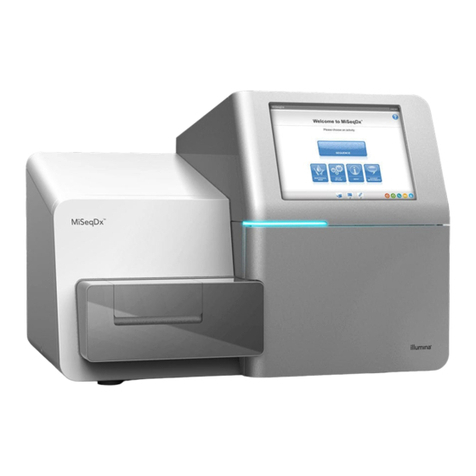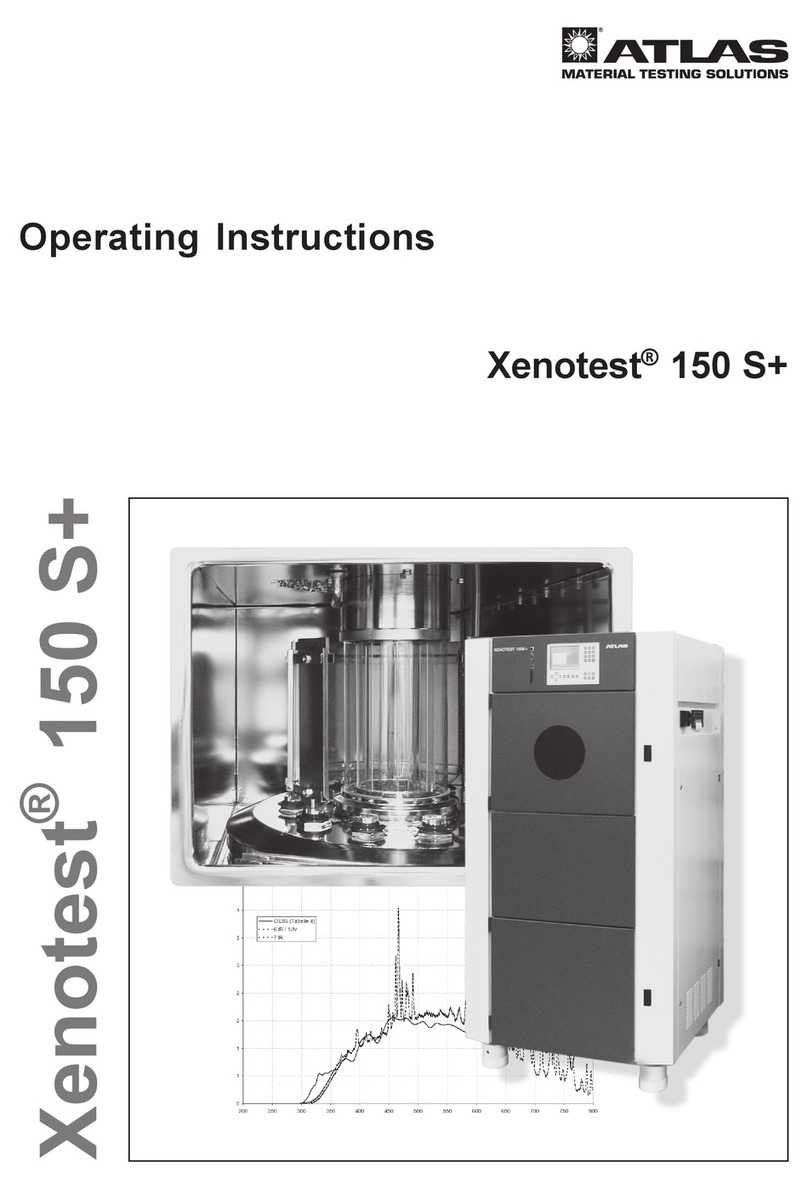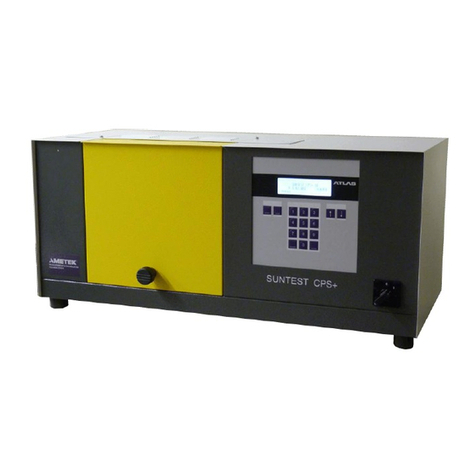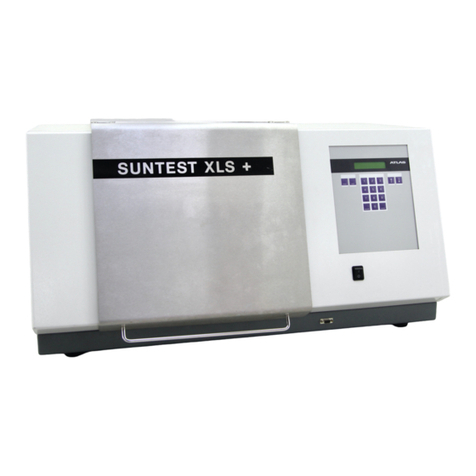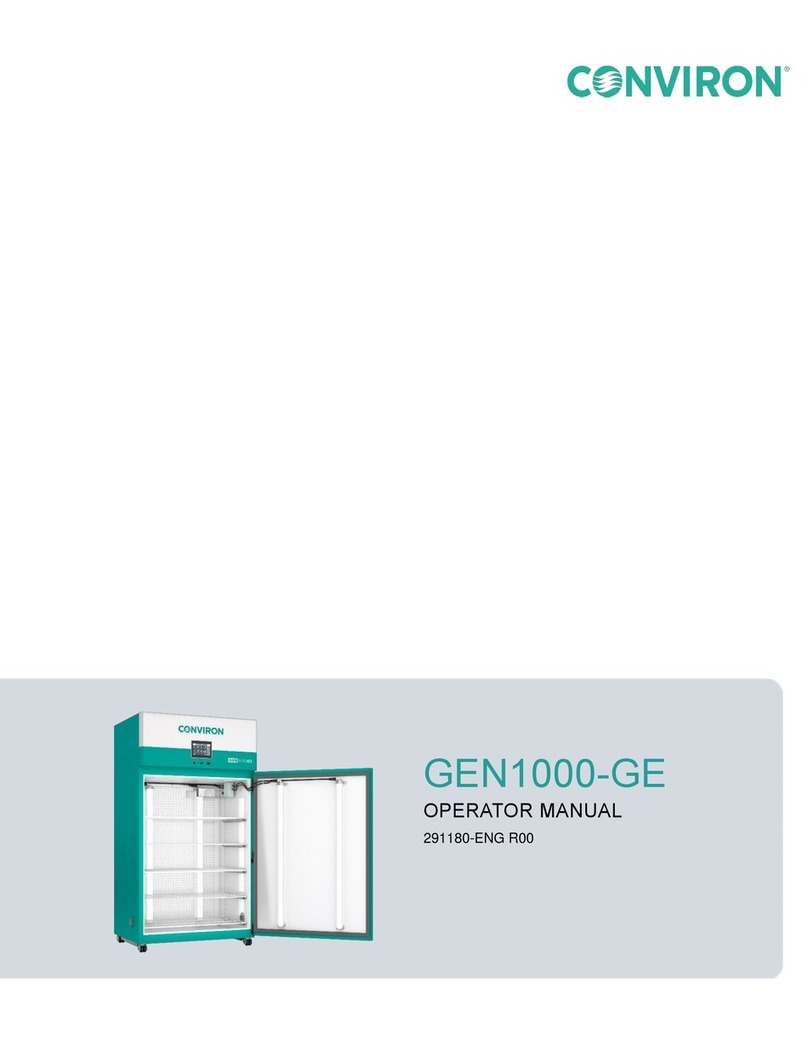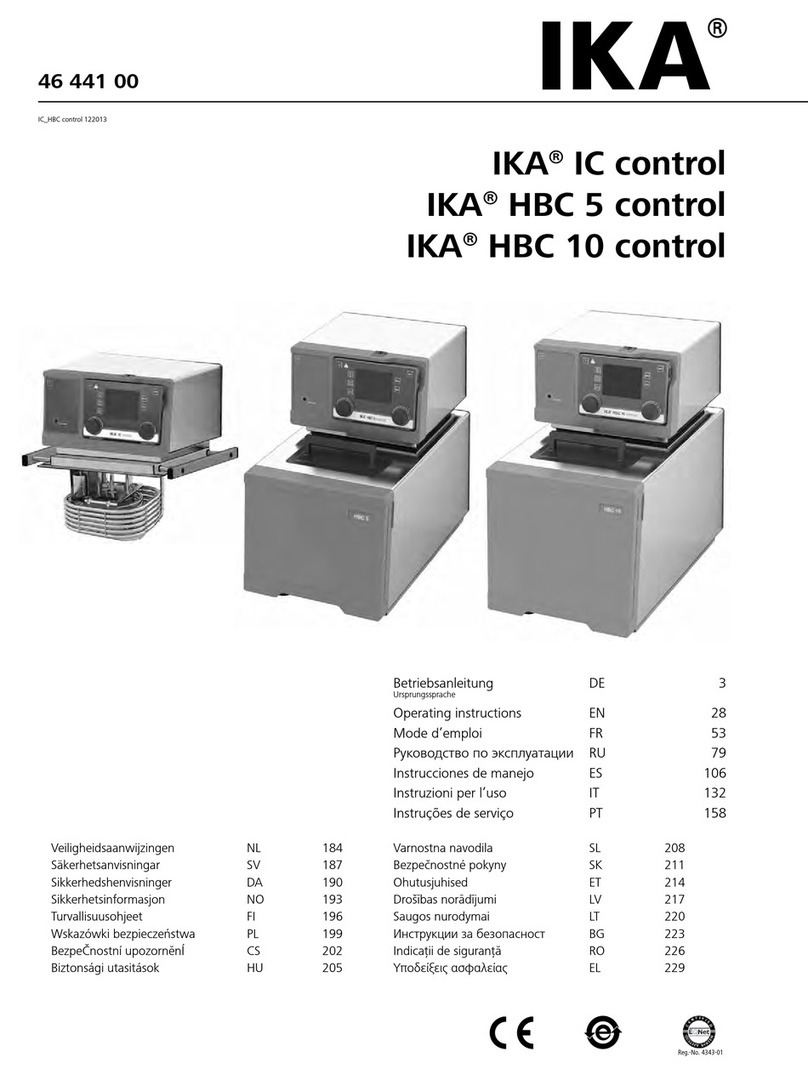Operating manual XENOTEST BETA LM ATLAS
Page 4
Contents Page
1. Introduction ............................................................................................................................... 7
1.1 Warranty hints ................................................................................................................... 7
1.2 Safety hints ....................................................................................................................... 8
2. XENOTEST BETA features ..................................................................................................... 10
3. Setting up the unit .................................................................................................................. 11
3.1 Scope of delivery XENOTEST BETA LM ........................................................................ 11
3.2 Installation requirements ................................................................................................. 11
3.2.1 Laboratory ....................................................................................................................... 11
3.2.2 Room ventilation ............................................................................................................. 11
3.2.3 Electrical supply .............................................................................................................. 11
3.2.4 Space requirements ........................................................................................................ 12
4. Description of the unit ............................................................................................................ 14
4.1 Front panel of the unit ..................................................................................................... 14
4.1.1 Program control............................................................................................................... 15
4.1.2 Test chamber .................................................................................................................. 16
4.1.3 Water tank ....................................................................................................................... 16
4.2 Right panel of the unit ..................................................................................................... 18
4.3 Upper side of the unit ...................................................................................................... 18
4.4 Left panel of the unit .......................................................................................................20
4.5 Rear panel....................................................................................................................... 20
4.6 Air circuits ....................................................................................................................... 22
5. Option and accessories of XENOTEST BETA ...................................................................... 23
5.1 Options............................................................................................................................ 23
5.1.1 Rain-, humidity function and sample cooling ................................................................... 23
5.1.2 Printer ............................................................................................................................. 24
5.1.3 Mains transformers ........................................................................................................27
5.1.4 Interface .......................................................................................................................... 27
5.2 Accessories..................................................................................................................... 28
5.2.1 Filter system ................................................................................................................... 28
5.2.2 Sample holders set standard .......................................................................................... 30
5.2.3 Special sample holder ..................................................................................................... 30
5.2.4 Exposure cards ............................................................................................................... 30
5.2.5 Cover plates .................................................................................................................... 30
5.2.6 XENOSENSIV sensor ..................................................................................................... 31
5.2.7 XENOSENSIV sensor support sheet .............................................................................. 31
5.2.8 Calibration adapter and end plug .................................................................................... 31
6. Start up .................................................................................................................................... 32
6.1 Fitting the filter to the lantern .......................................................................................... 32
6.2 Insertion of the XENOTEST light exposure system ........................................................ 32
6.2.1 Insertion of the lamps and the filter lantern ..................................................................... 34
6.2.2 Exchange of lamps ......................................................................................................... 34
6.3 Water supply ................................................................................................................... 34
6.4 Insert the XENOSENSIV sensor ..................................................................................... 34
6.5 Calibration of the XENOSENSIV sensor ........................................................................ 36
6.6 Fitting of the end plug ..................................................................................................... 36
6.7 Sample back cooling ....................................................................................................... 36
